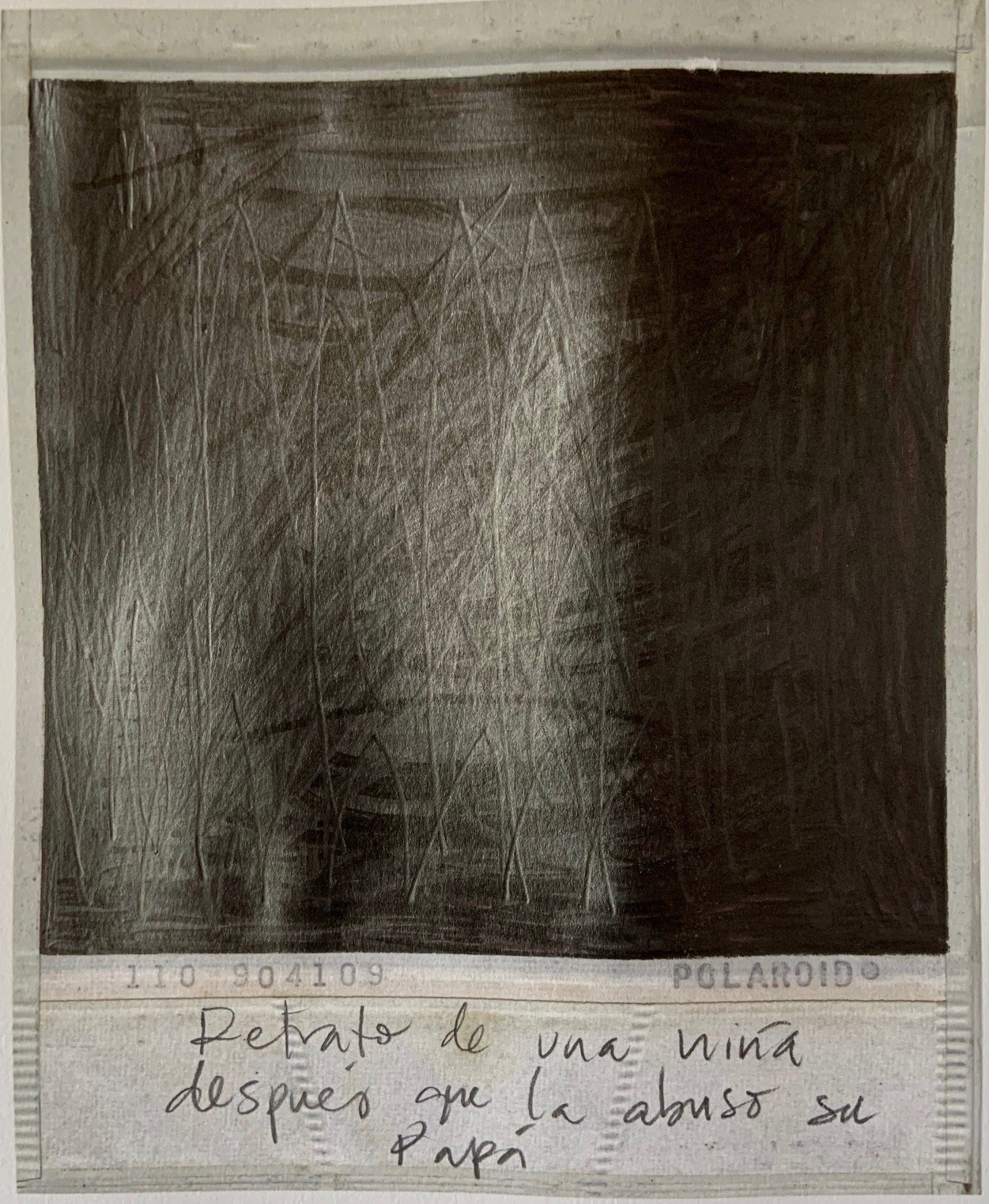Priscilla Monge
Walking together: for them and for us
Polaroid / unmentionable.
In her book “Regarding the pain of others”, an essay on the documentary and iconographic representation of pain, Sontag talks about the visual representation in photography of war, violence, tragic and painful events. For her the appetite to show suffering bodies is as strong, almost, as the desire to show naked bodies. Sontag argues that perhaps the only ones with the right to look at these images of extreme pain are those who can do something to alleviate it. For her, a photograph is like an outline, or a maxim or a proverb.
Virginia Woolf in her book “The Three Guineas” tells us: “the photographs are not an argument; they are the harsh reality in front of our eyes ”
.In this period of history where there is an excess of images on the internet, newspapers and magazines of all kinds, it becomes complex to talk about what can be aesthetic or not, what can be seen or not, or what that which after looking for some time at loses its importance.
We know that extreme violence turns people into things. They stop being subjects to become objects. In "The Disasters of War", Goya writes at the bottom of each engraving: "Feelings of what is to happen, That is why you were born, Bury and shut up, Charity, Why ?, Barbaros! This is bad, I do it saw”.
Sontag tells us that all photographs are waiting to be explained or falsified by their caption or caption. We know how important this type of explanation is and how it gives truth to the image.
Priscilla Monge (Costa Rica, 1968)
Priscilla Monge is a post-media artist who has been pursuing her career since the mid-1980s in a context in which patriarchal structures were the main basis of social behavior, also being one of the most outstanding female figures of contemporary Latin American art.
In her work she explores the power relations that exist in the female body as a catalyst for politics, where femininity in particular operates as an effective way to discipline the female body. Other aspects of her work focus on the presence of violence in everyday life and on the often invisible junctures between aggression, pleasure, love and tenderness.
BIO
He has participated in the Venice and Liverpool Biennial and his work has been exhibited in numerous international institutions such as MNCARS (Madrid), MoMA PS1 (New York), Brooklyn Museum (New York), Museum of Latin American Art (Los Angeles) and MACZUL (Venezuela) and the Americas Society (New York), among others.
Her work is part of collections such as MADC of San José (Costa Rica), Tate Modern (London), MNCARS (Madrid) and TFAM (Taipei), just to mention some of the most representative. She has recently received the Francisco Amighetti National Prize for Visual Arts.
WORKS INCLUDED IN THE EXHIBITION





